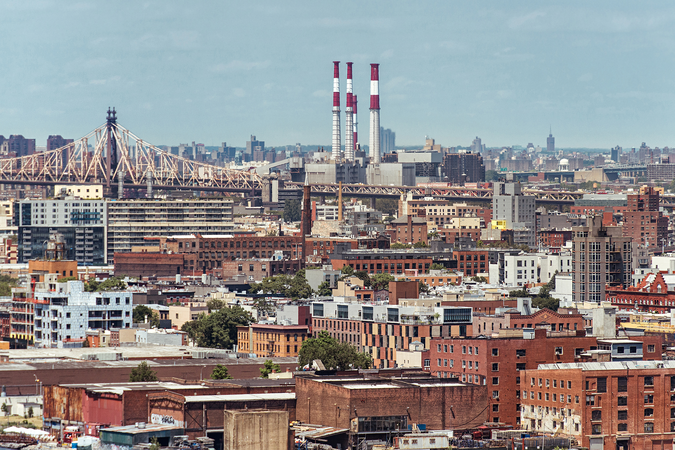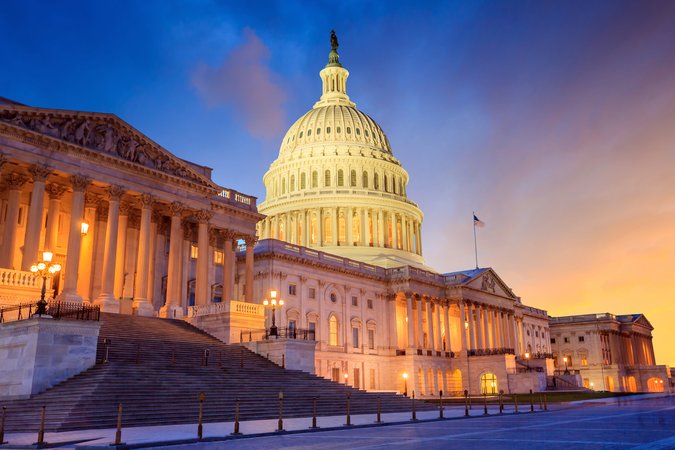Race, Rates, and Energy Insecurity: Exploring Racial Disparities in Electricity Costs and Consumption in US Utility Service Areas
This article explores annual electricity rates for the average customer based on demographic characteristics and finds that customers in predominantly non-white communities pay higher energy prices while consuming less energy compared to white communities.
Structural racism contributes to energy insecurity via housing and income pathways. However, little is known about the role of energy pricing in (re)producing racialized energy inequities. This study explores the relationship between annual electricity rates and the resulting consumption and billing for the average customer based on demographic characteristics for different types of electric utilities in three states: Alabama, California, and New York. Results indicate that utility service customers in predominately non-white communities pay higher energy prices but consume less energy compared to those in white communities. The association between these utility schemas and the demography of service areas is likely influenced by numerous intermediating factors, such as urbanity, housing conditions, and household income variation—all of which are also shaped by historical racism. These findings call attention to the potential disparate impacts of energy service provision and costs across communities and add nuance to how energy insecurity may be powered.








